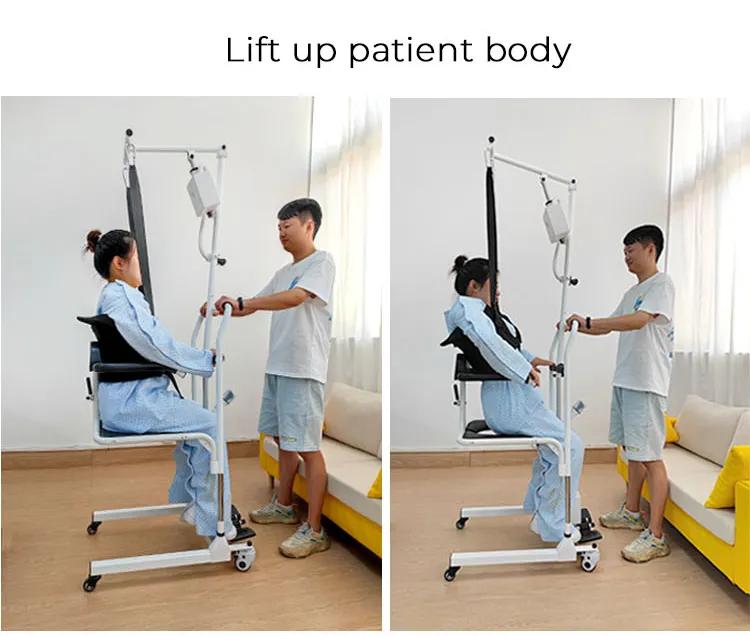A Guide to Safe and Efficient Patient Transfers
In the healthcare and caregiving sector, one of the most important activities is moving patients from their beds to chairs safely and quickly if necessary. This process must be done with caution while using appropriate tools so that neither the patient nor the caregiver is harmed. The following manual contains guidelines that will enable you to do this task successfully.
Safety Measures
Before shifting a patient, it is important to evaluate both the surrounding and client’s state to ensure safe transitioning.
Appraise the situation
Firstly, assess how mobile the person is. Ascertain whether they need other assistive gadgets or have any physical limitations. Additionally, clear off all obstructions within the transfer area thus preventing probable hazards.
Utilize correct apparatus
It is recommended that special transfer equipment like patient lift chair or transfer boards should be used for better safety and efficiency in this process. Such machines can greatly minimize physical stress on care givers as well as reduce chances of injury among patients. Ensure all devices are well maintained and certified fit for use according general safety standards.
Communicate with the Patient
Communication is key during the transfer process. Before beginning, explain the entire process to the patient to ensure they understand what is about to happen. Maintain a calm and gentle tone throughout to reduce patient anxiety.

Step-by-Step Transfer Guide
Once everything is prepared, here are the steps to transfer a patient from bed to chair:
Step 1: Prepare the Environment
Ensure the area between the bed and chair is clear of any obstacles. Position the chair at an appropriate angle near the bed, and ensure it is stable. If the chair has wheels, ensure the brakes are engaged.
Step 2: Adjust the Bed and Chair
Adjust the bed to a suitable height for transfer, making the process easier. If using an adjustable chair, ensure its height is also suitable for the transfer.
Step 3: Assist the Patient to Sit Up
Support the patient as they move from a lying position to sitting on the edge of the bed. They can hold onto the bed frame and slowly turn to sit up. Give them time to adjust and regain balance.
Step 4: Use a Transfer Devicea
If using a patient lift chair, ensure the sling or harness is correctly attached. If using a transfer board, position it securely between the bed and chair.
Step 5: Transfer the Patient to the Chair
With the help of a transfer device or manual assistance, guide the patient from the bed to the chair. During this process, ensure caregivers use proper body mechanics to avoid strain or injury.
Step 6: Secure the Patient in the Chair
Ensure the patient is seated comfortably in the chair. Use safety belts or harnesses if needed to prevent slipping or falling.
Step 7: Adjust the Chair for Comfort
After the transfer, adjust the chair’s position and angle to ensure the patient’s comfort. If needed, add cushions or pillows for extra support.
Post-Transfer Considerations
After the transfer is complete, it is important to continue observing the patient to ensure they are comfortable and safe.
Monitor the Patient
After the transfer, closely observe the patient to ensure they don’t exhibit any signs of discomfort or distress. Ensure they have easy access to help if needed.
Document the Transfer Process
For continuous improvement, it’s recommended to document the transfer process, noting any issues or special considerations. These records can be used for future reference and to improve the transfer process.
Conclusion
Safe and efficient patient transfers are crucial in caregiving and healthcare. Using appropriate equipment and following proper procedures can significantly improve the safety and efficiency of transfers. Caregivers and family members are encouraged to invest in high-quality transfer equipment and maintain effective communication with patients to ensure a smooth transfer process.
For more information on best practices for safe patient transfers, it’s recommended to consult relevant training resources or contact professionals for advice.

